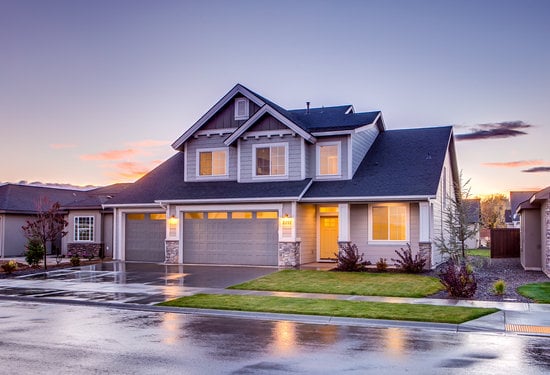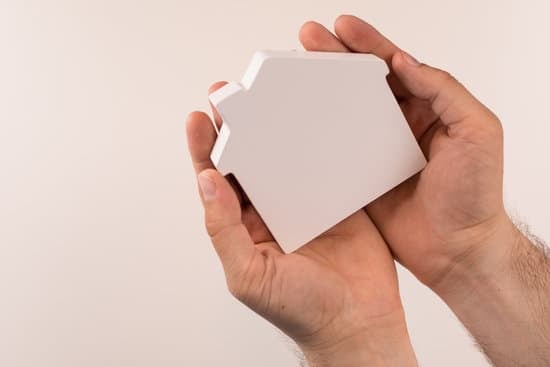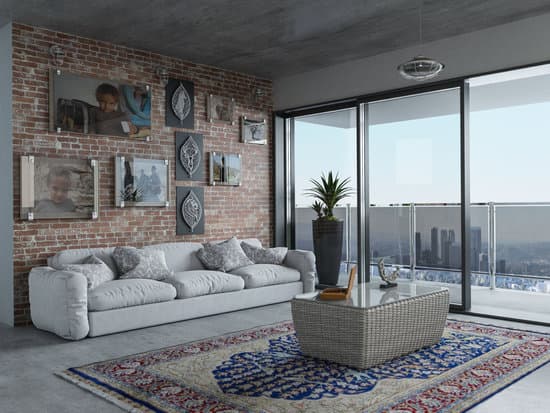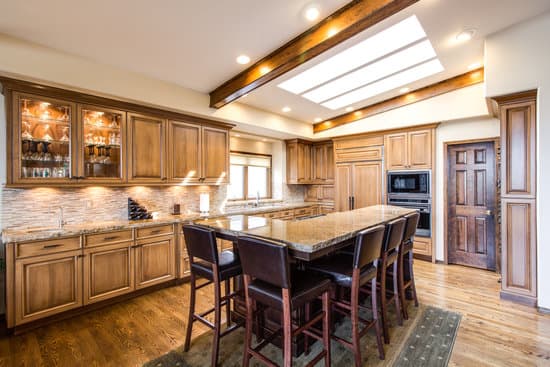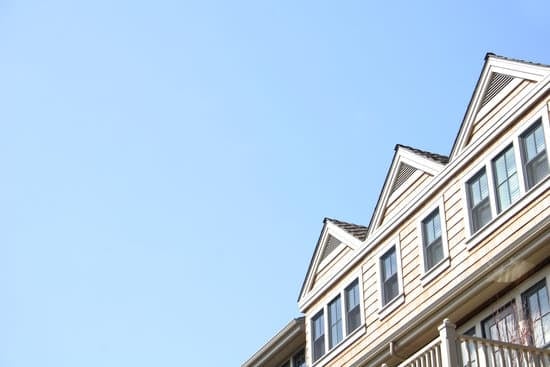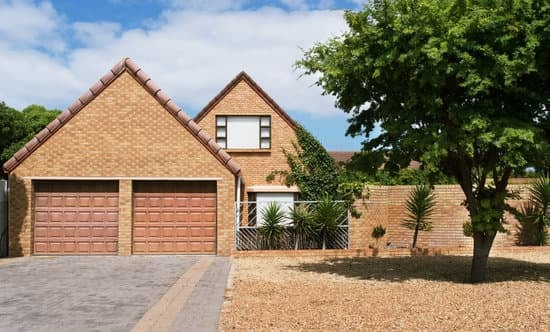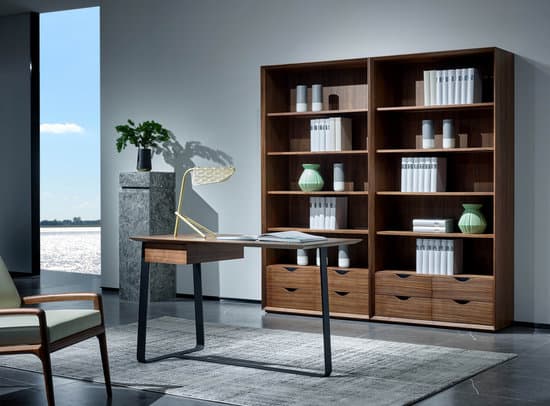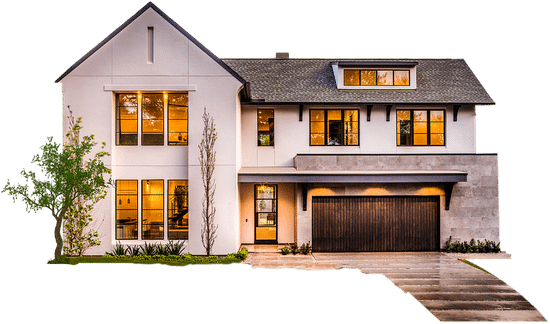Understanding the Origins of Shabby Chic and Bohemian Interior Design
Shabby Chic and Bohemian Interior Design styles have grown in popularity over the years as homeowners seek to create a unique and personalized home. Shabby chic originated in Britain in the 1980s as a way to create an antique, lived-in feel. Meanwhile, the bohemian style dates back to the 1800s and was popularized by artists and intellectuals who valued unconventional expression. Both design styles bring something special to the table. Shabby chic offers a warm and inviting feeling with its soft hues and textures, while Bohemian brings vibrant and bold colors, patterns, textiles, and colors. These styles can be combined or used independently to create a beautiful living environment that reflects your individuality and style.The Characteristic Elements of Shabby Chic Design Style
Shabby Chic Design Style is characterized by an antique, lived-in feel. The key elements of this style are vintage, distressed, and repurposed items that are mixed with soft pastel colors and floral prints. Here are a few key features of shabby chic design style that you can incorporate in your home:- Distressed furniture: Shabby chic style often features furniture with a distressed finish to give it a rustic look.
- Floral prints: Floral patterns are one of the most recognizable characteristics of shabby chic design. These can be found on everything from bedding to wallpaper to curtains.
- Soft pastel colors: Muted, soft colors like pale pinks, blues, greens, and yellows are often used in shabby chic design.
- Vintage accessories: Keep an eye out for vintage and antique accessories while shopping for your home, such as old picture frames, vases, and candleholders.
The Key Characteristics of Bohemian Interior Design Style
Bohemian Interior Design Style, on the other hand, is known for its unconventional and eclectic style. It is a combination of ethnic, vintage, and modern elements that come together to create a bohemian vibe. Here are a few key features of bohemian interior design that can be integrated into your home:- Bright and bold colors: Bohemian design celebrates vibrant colors, such as deep reds, oranges, blues, purples, and greens. These colors can be used as accent pieces throughout your home.
- Global patterns: Ethnic patterns, such as paisley, ikat, and tribal prints, can be used on everything from rugs to bedding to bring texture and depth to your space.
- Layering: Bohemian design is all about layering. Don’t be afraid to mix and match patterns and textures to create a unique and personalized look.
- Antique accessories: Like shabby chic, bohemian design celebrates vintage items. Accessories such as old trunks, vintage mirrors, and textiles are incorporated to create a bohemian look.
Connecting the Dots: The Similarities Between Shabby Chic and Bohemian Styles
Despite their differences, shabby chic and bohemian design styles share a few similarities. Both styles celebrate vintage items and incorporate textural elements for a cozy, lived-in feel. Additionally, both designs value a mix-and-match approach to decor. In shabby chic, vintage and antique items are mixed with contemporary pieces, while bohemian design pulls in a variety of global patterns and textures. Both styles also value a casual and comfortable look that is effortless yet stylish.Distinguishing Differences: How Bold Colors and Patterns Differentiate Bohemian from Shabby Chic
The most noticeable difference between shabby chic and bohemian design styles is their use of color. Shabby chic design favors soft pastel hues, while bohemian design features bold and bright colors. Additionally, bohemian design is characterized by its use of global patterns and unconventional textiles in contrast to shabby chic’s focus on floral prints. The key to successfully merging these two styles together is to find a harmonious balance between the two. While bold and bright colors can bring a fun pop of excitement to a space, it can become overwhelming without restraint. On the other hand, while soft pastels can create a calming and relaxing environment, it can feel overly sweet without some punch.Balancing Bold and Soft: How to Merge Shabby Chic and Bohemian Styles in your Home
The key to merging shabby chic and bohemian design styles is to find a middle ground between these two styles. Here are a few tips to successfully combine these styles:- Color combination: Bring in bold patterns and textures with accent pieces, such as throws, pillows, and rugs. Accompany them with light pastels that match to create a harmonious and balanced look.
- Textural elements: Bring in textural elements like macrame or crochet to create a bohemian chic look. It is an easy and inexpensive way to bring in different textures while keeping it comfortable and cozy.
- Accessories and accents: Incorporate vintage accessories like old picture frames and vases in both shabby chic and bohemian styles to add character to your space.




